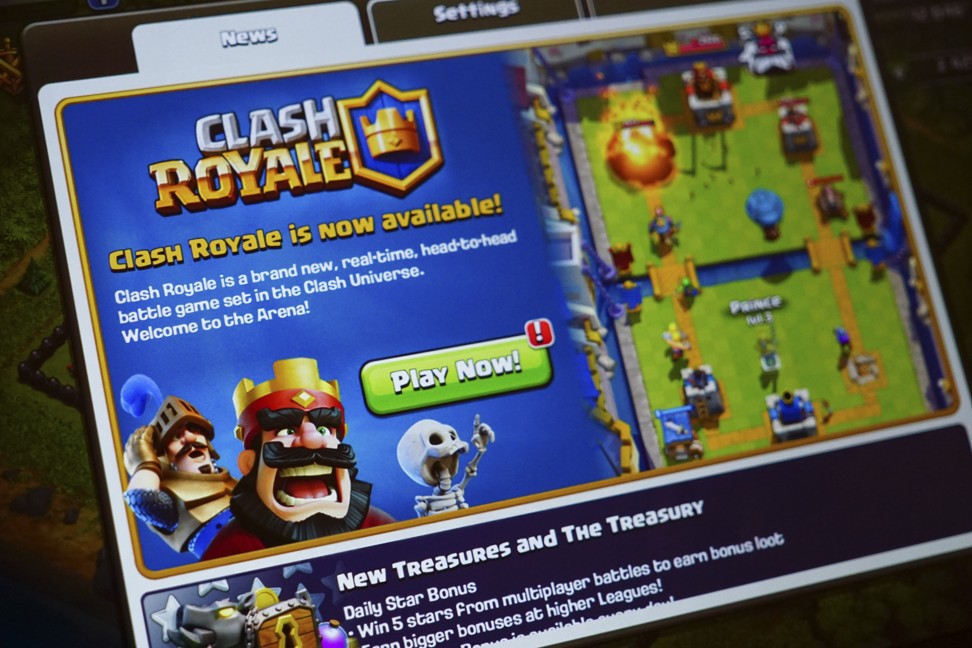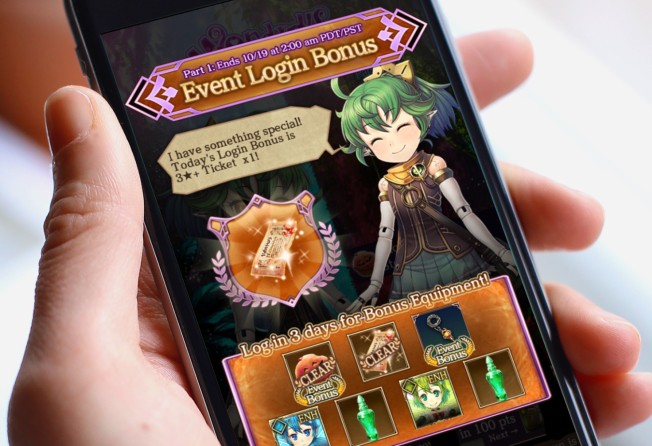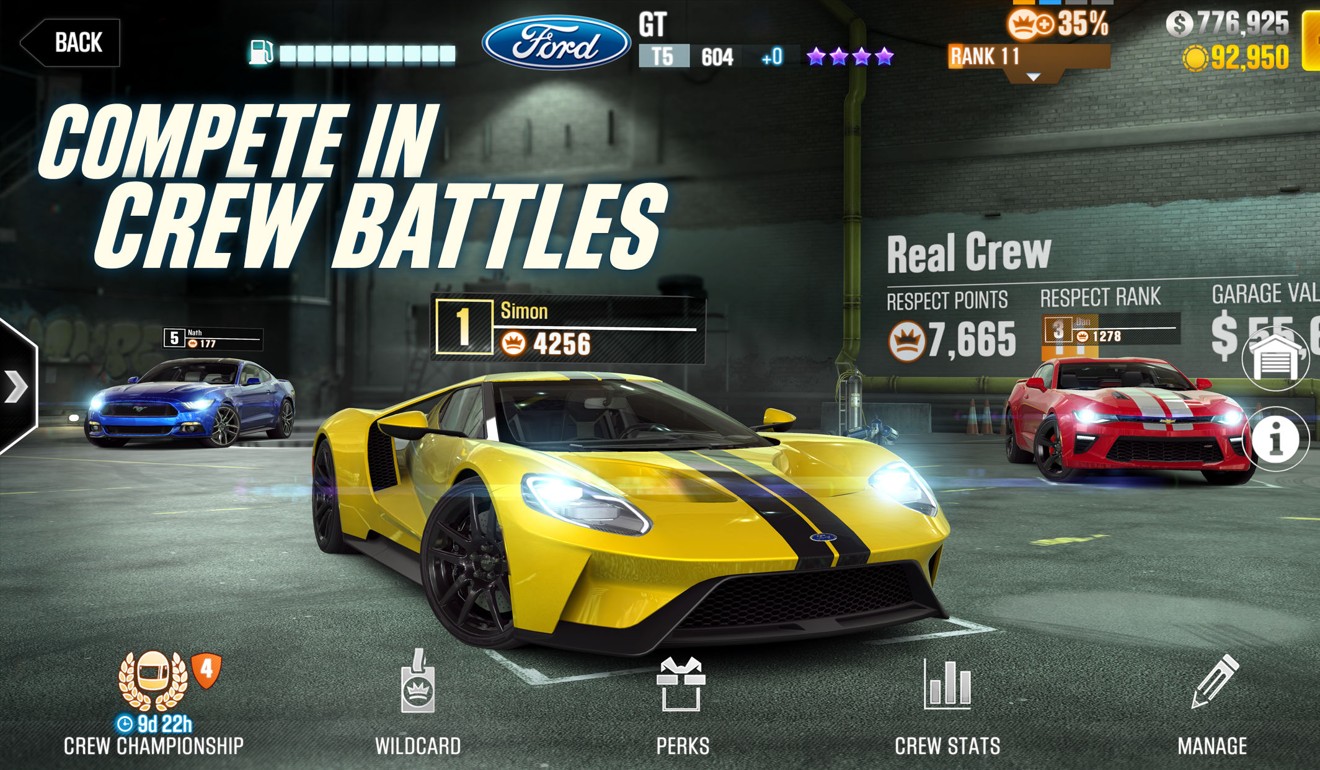
How free-to-play games are data mined to profile players and keep them hooked – and spending
More game makers are relying on deep-learning algorithms and AI to develop strategies that, like Google and Facebook’s targeted advertising, build psychological profiles to help influence player behaviour and purchases

In today’s gaming industry, titles like Clash Royale and Pokémon Go are free for most people because there exists a small number of players willing to pay for extras like special weapons and more lives. Game developers have to strike a delicate balance in this free-to-play model between drawing the masses and encouraging big spenders – and they need both for a successful title.
Silicon Studio is trying to help by providing game makers with deep-learning algorithms to create what amounts to a psychological profile of each player. The Tokyo-based company’s software predicts how long people will play, what levels they might achieve, how much money they might spend and on what. Even more important, the technology lets game creators mould player behaviour to keep them hooked.
“Game data is perfect for studying human behaviour,” says África Periáñez, chief data scientist at Silicon Studio and a former nuclear physicist at the European nuclear research organisation CERN. “It’s going to change the industry, change the direction of personalised games.”
The machine-learning software, called Yokozuna Data after the highest rank in sumo wrestling, is proving a draw for game makers. Three publicly traded Japanese publishers and a South Korean developer have signed up to use the product, Periáñez says, declining to give their names because of confidentiality agreements.

The company is also in talks with large European publishers of massively multiplayer online (MMO) role-playing games, according to Periáñez.
Japanese and South Korean game publishers pioneered the art of making money from free-to-play titles. For years, they employed so-called live-ops teams that use events, competitions and limited-time offers to get people to pay out. As those techniques mature, companies are turning to artificial intelligence (AI) and data mining to influence players – strategies similar to those Google and Facebook use for targeted advertising.

Silicon Studio was founded in 1999 as a unit of Silicon Graphics, the US maker of high-performance computers used for special effects in Jurassic Park. It was spun off the following year to focus on software tools like Yokozuna for other game makers and also develops its own games.
“It’s an extremely geeky company,” says Serkan Toto, founder of mobile gaming consultancy Kantan Games. “For years they’ve done heavy lifting like creating rendering and physics engines, before getting into publishing games.”
Yokozuna, which was in development for two years, can tailor promotions to specific groups or individuals. For example, users at risk of quitting a game like Puzzle & Dragons may find it easier to win rare monsters or advance faster through game levels. For Pokémon Go, Yokozuna could help schedule extra events for a holiday weekend and customise walking distances based on a player’s fitness.

A key challenge in free-to-play gaming is maintaining a healthy ecosystem of players who spend a lot (called whales) and those who never pay (called krill). Industry insiders, who favour marine-biology terms, call casual spenders dolphins.
Whales usually comprise 1 per cent of all players, but generate half of total revenue. Though krill may seem irrelevant for game developers since they don’t pay, they are essential because paying users need competition from others to hand over their money. The whales need something to eat.
One thing that is important to gaming culture is the sense of an even playing field
With more smartphone games becoming available for free, the industry has adopted microtransactions – selling digital trinkets and tokens – to generate revenue. Even the simplest games can operate virtual economies, with tech start-ups such as Scientific Revenue and Gondola, both based in the US, offering analytics and dynamic pricing tools.
Enticing players to pay with custom incentives is tricky though. In July, fans of CSR Racing 2revolted when they discovered some gamers paid US$35 for content that others got for US$5. The company apologised and offered compensation.
“One thing that is important to gaming culture is the sense of an even playing field,” says Jane McGonigal, a game developer and author of the New York Times bestselling book Reality is Broken.

Silicon Studio’s Yokozuna software is part of a bigger trend of AI researchers looking to video games for complex challenges beyond chess and Go. Many of the recent advances in natural-language processing, and image and speech recognition, have come from deep learning, an AI subdiscipline that requires human-labelled data to work. Video game environments are a good source of data because every interaction is recorded.
“There is no other field that has better data,” says Periáñez, who previously worked on predictions of mobile subscriptions and Coca-Cola sales. “You can measure habits continuously for years.”